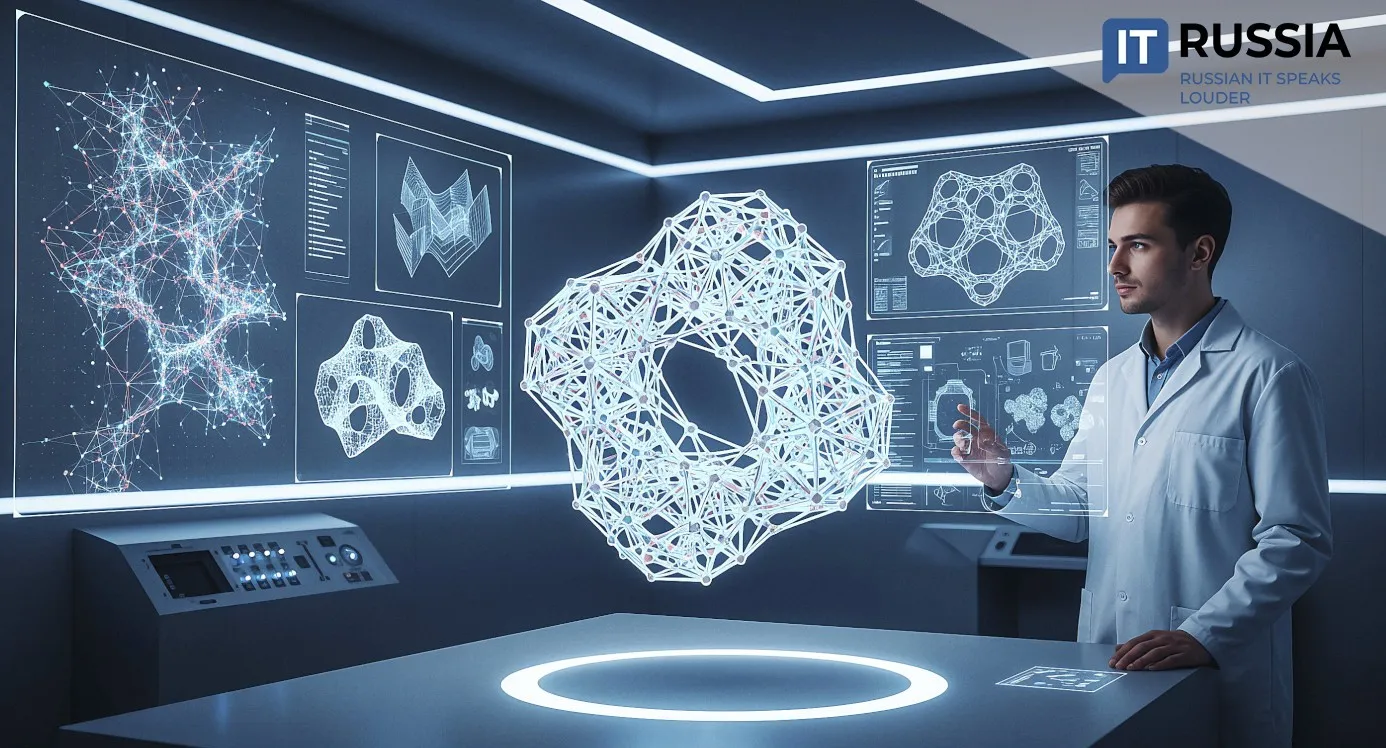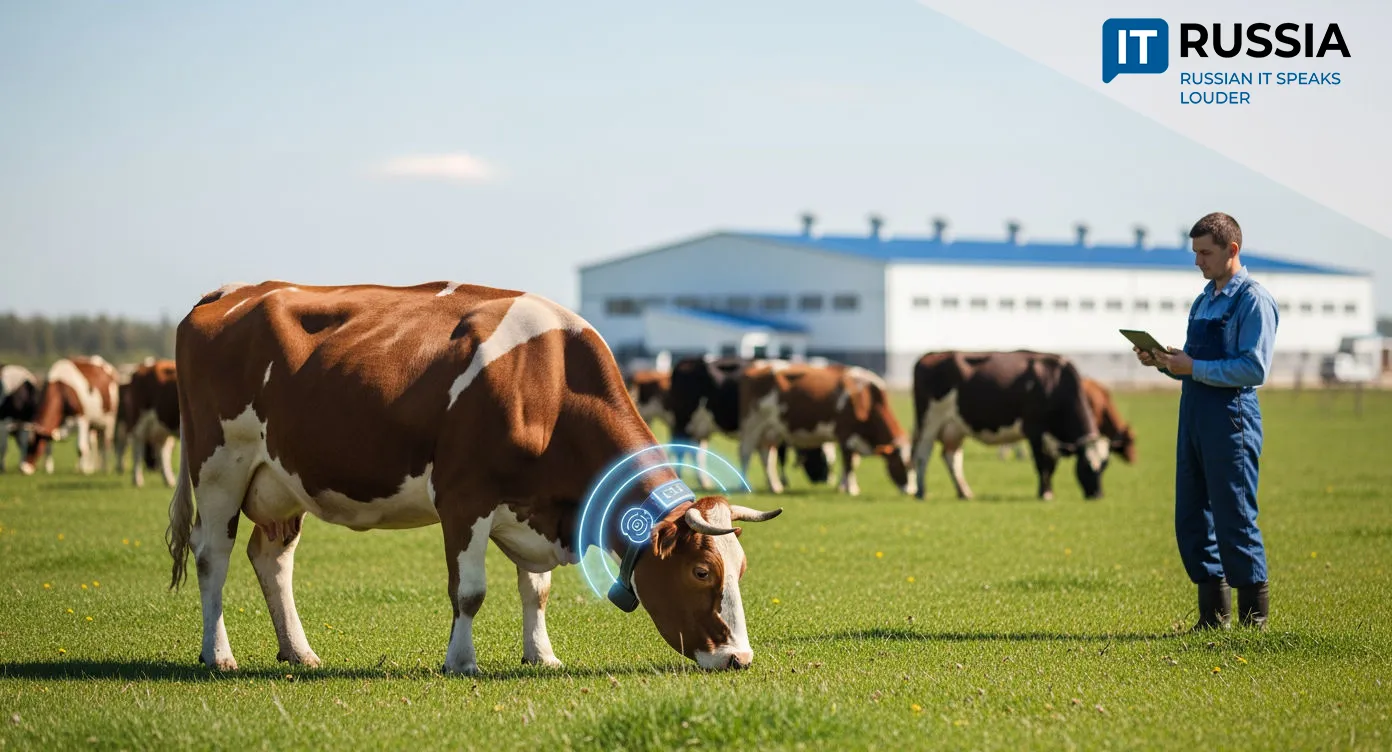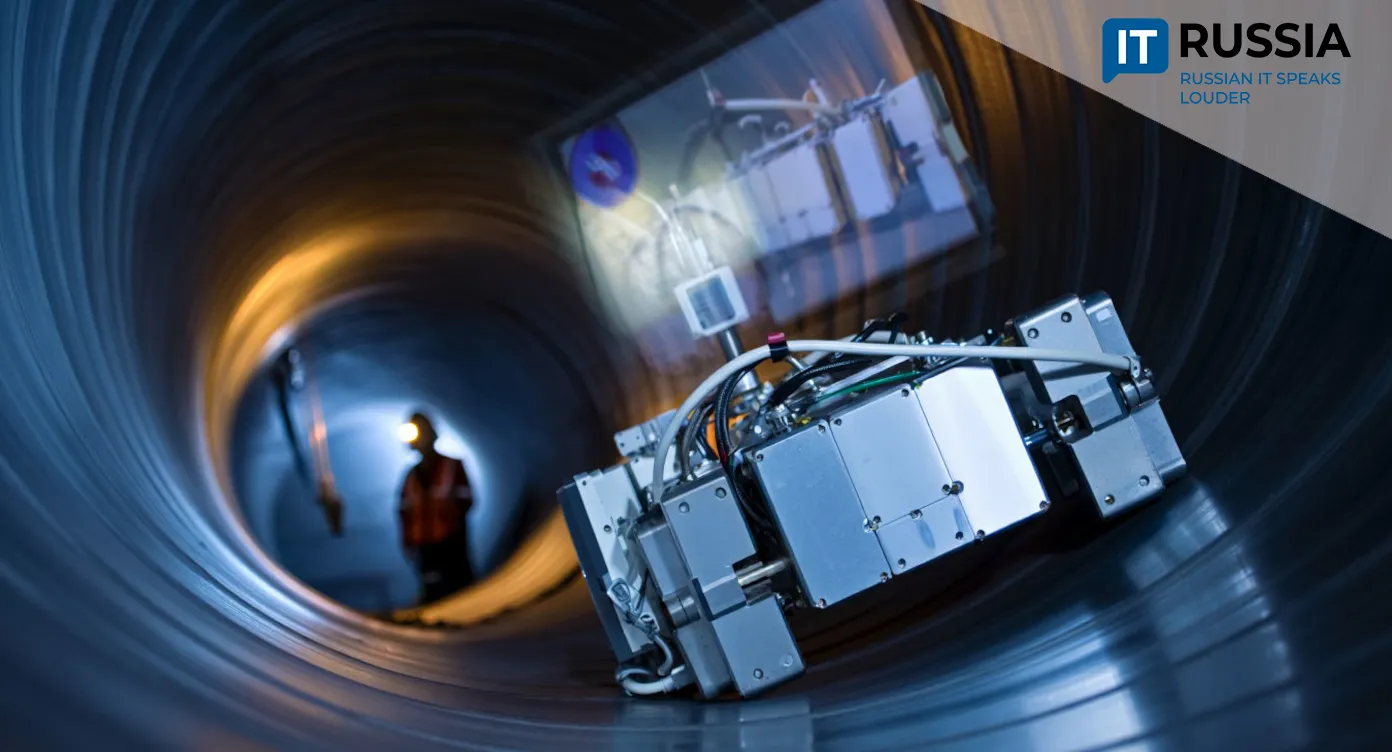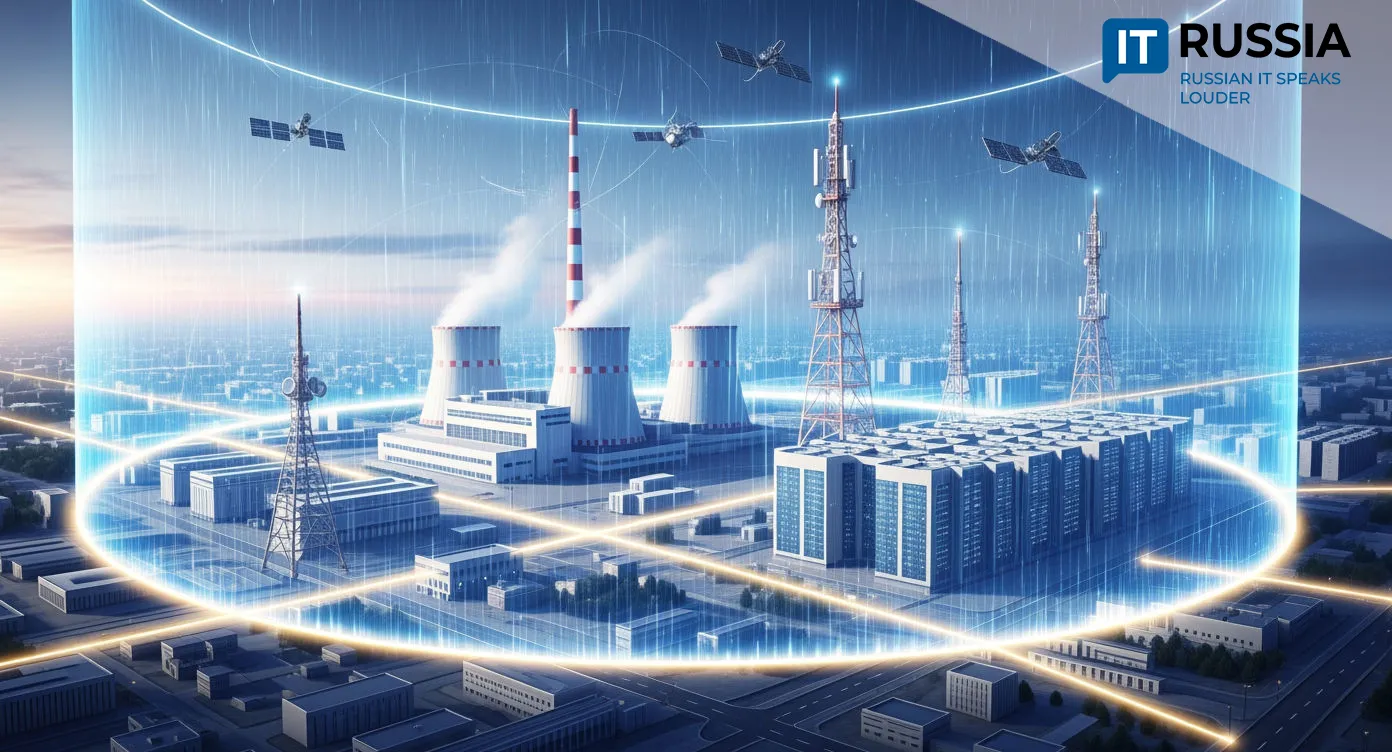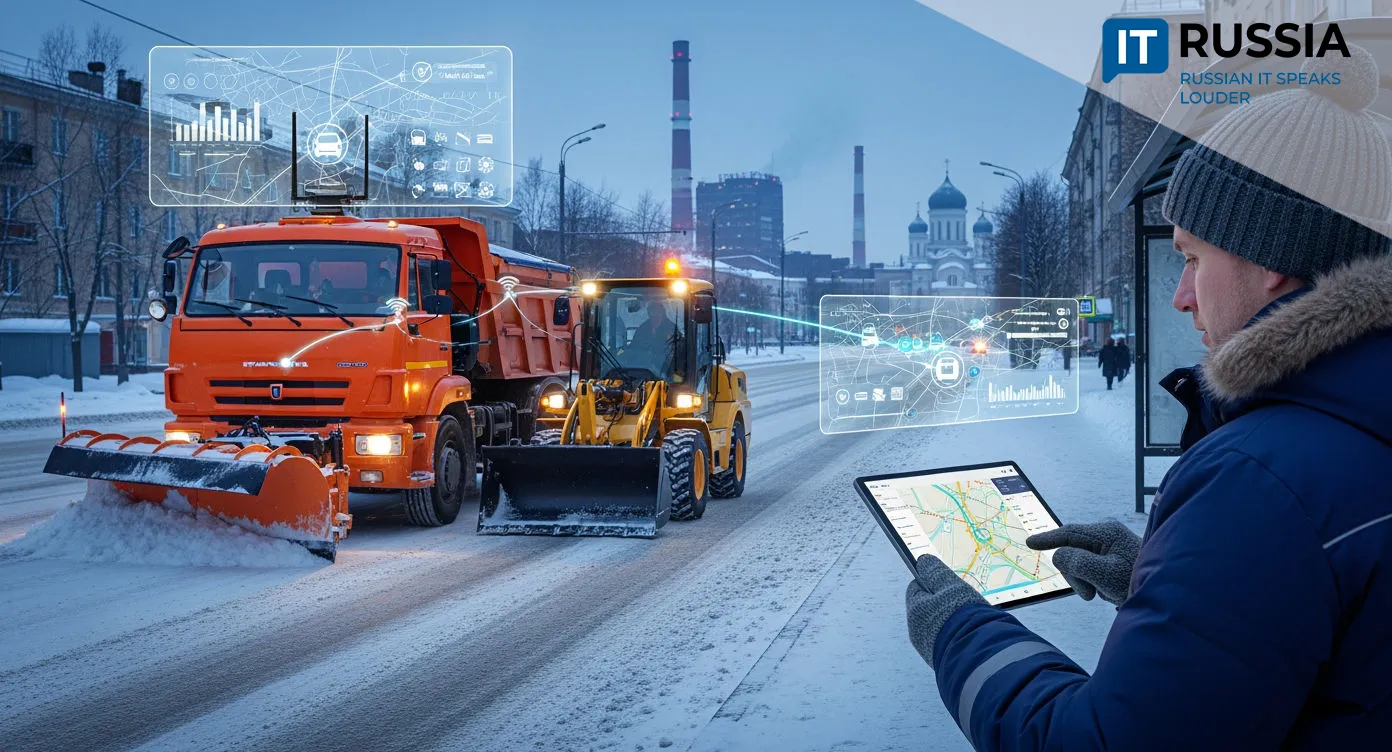AI for Safety in the Oil and Gas Sector
Artificial intelligence is transforming safety practices in Russia’s oil and gas sector, where operators are deploying digital vision, machine-learning analytics, and personnel‑tracking sensors to reduce incidents and improve reliability.

AI Adoption for Safety
Gazpromneft‑Khantos has spent the past several years digitizing its core upstream operations—from exploration to production. Global industry benchmarks show that advanced technologies significantly reduce accidents, environmental incidents, and operational costs. Behind each of these metrics are lives saved, environmental benefits, and improved system reliability.
The company has elevated AI from a task‑specific tool to a central component of protecting personnel and the environment.

Its goal is “zero injuries,” using roughly 20 categories of safety‑critical indicators, including improper use of personal protective equipment, working at heights, smoke detection, and entry into restricted areas. Pilot implementation will be scaled across the corporate vehicle fleet—around 2,500 units equipped with in‑cabin cameras.
AI‑Driven Video Analytics
AI’s effectiveness has been proven across a broad range of applications, particularly in video analytics. The system’s objectives include early detection of hazardous events, centralized online monitoring, deviation tracking, real‑time situational reporting, and automated safety reporting.
Video analytics apply to well servicing, drilling operations, oil treatment, and more. During development, engineers evaluated more than 20 potential machine‑learning models, conducted 32 experiments, and selected 8 optimal models.
The final solution is an import‑independent system with no global analogues and high commercialization potential. Future plans include implementing the technology on water pipelines and gas pipelines, as well as developing modules for chemical reagent efficiency and pipeline maintenance economics.

Sector‑Wide Safety Integration
In 2022, Gazpromneft‑Yamal tested an automated safety‑violation detection system at the Novy Port field. The platform analyzed multiple video streams simultaneously, identifying incidents in real time.
Lukoil has also deployed digital systems to reduce human‑factor risks. Wearable devices and beacons now monitor personnel movements, send alerts in emergency cases, and track heart‑rate signals. Rosneft’s subsidiary Orenburgneft successfully tested a machine‑learning–based system to monitor worker compliance with PPE requirements.

The Khantos initiative demonstrates that AI‑enhanced safety is no longer a future concept—it is an operational reality. These technologies not only improve efficiency but also save lives, preserve the environment, reduce costs, and strengthen system reliability. Next steps include scaling AI‑based systems, integrating them with IoT networks, expanding platform architectures, and further automating industrial processes.














